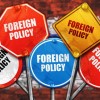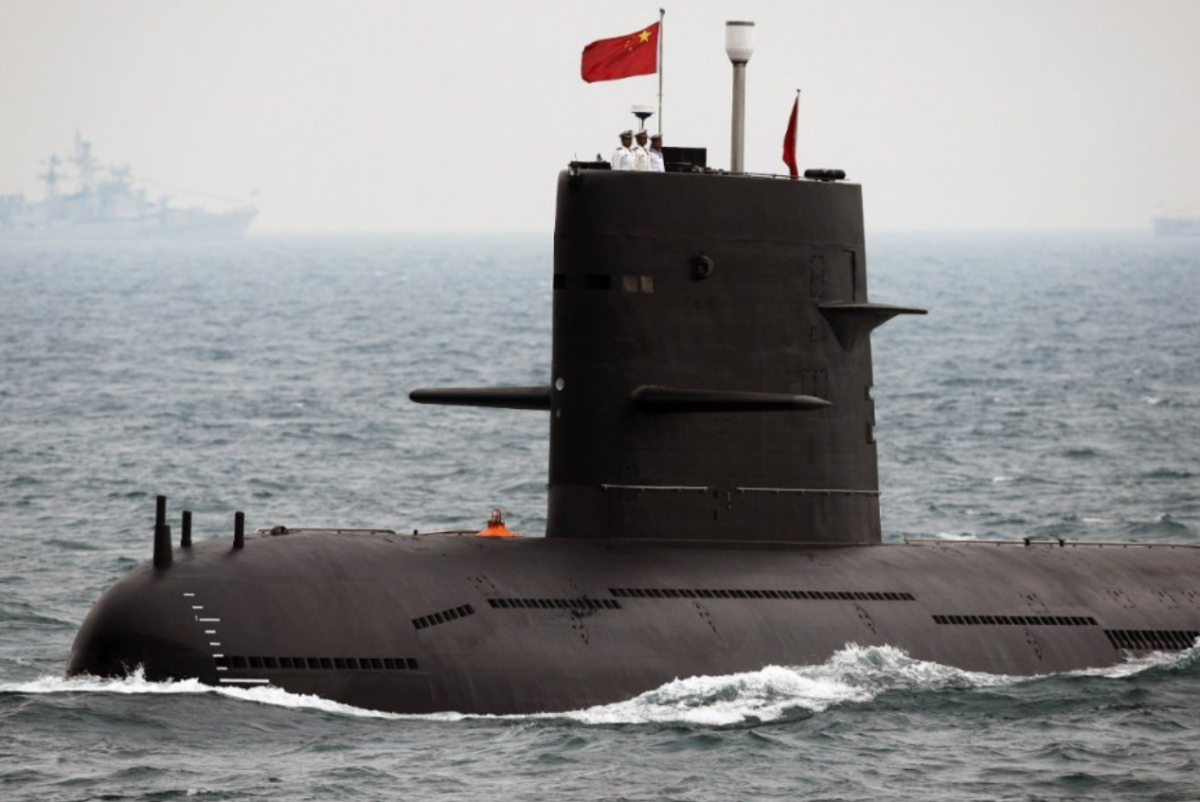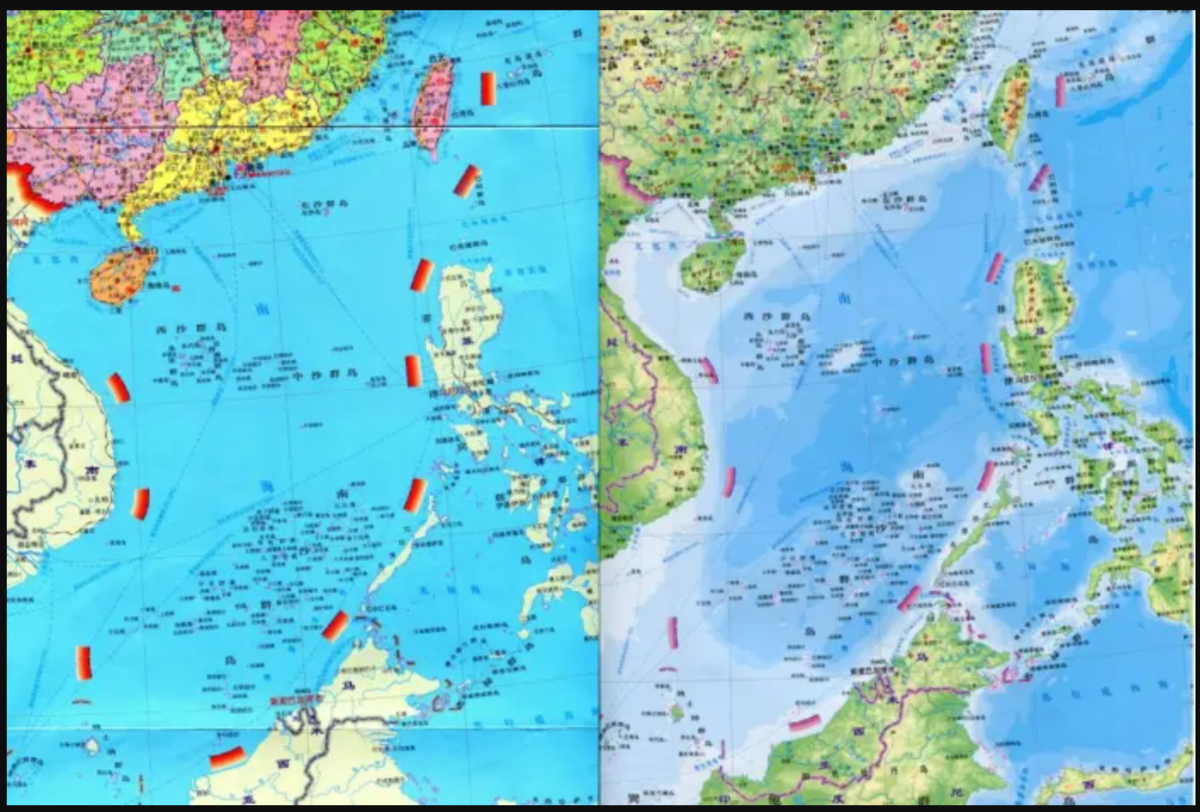33rd ASEAN Summit, Another Opportunity for Resolving Disputes in the South China Sea?
The forthcoming ASEAN Summit in Singapore
From 11-15 November 2018, Singapore will host the 33rd ASEAN Summit and related conferences. It is expected that there will be about 12 meetings of ASEAN leaders and between ASEAN and its partners (China, Japan, South Korea, India, Australia, United States, Russia, UN and invited guests such as EU, Canada, IMF, Chile ...). Approximately 60 instruments will be adopted or recognized, with a broad range of areas of ASEAN cooperation and those with Partners, as well as regional and international issues of common interest.
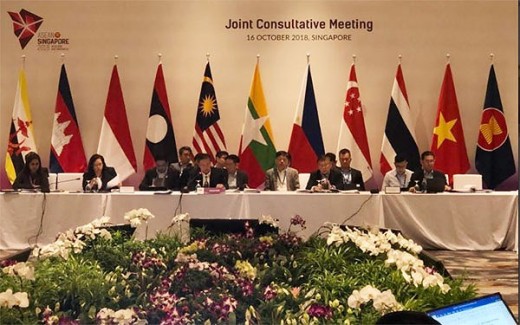
The Partners are expected to actively participate in and contribute at conferences within the framework of the forthcoming 33rd ASEAN Summit, which will announce many new cooperative initiatives with ASEAN, as well as actively partake in discussions, together ASEAN, to build on issues that are affecting the security and stability of the region in order to strengthen cooperation in responding to the challenges posed. Naturally, security issues and cooperation at sea, especially in the South China Sea, are anticipated and expected the most.
The South China Sea issue
Regarding this, the current situation in the South China Sea has been subdued since the time of the arbitration (July 2016), but there are still many complex issues. It is the illegal construction and strengthening of artificial islands and military operations in the South China Sea.
There have been a number of proposals for peaceful resolution of disputes, including solutions to the use of conciliation mechanisms, arbitration mechanisms and open consultations in accordance with the United Nations Convention on the Law of The Sea (The UNCLOS) in 1982. In spite of that, almost all of proposals noted that with the use of any dispute settlement mechanisms, parties should also strictly adhere to international law, including the PCA’s arbitration ruling on the South China Sea issue.
On the Chinese side, the basis for claiming sovereignty is not the current international law or even historical control over the South China Sea. In 2016, the arbitral tribunal, established in accordance with Annex VII of UNCLOS, concluded that China had no legal basis for asserting historic rights within the “nine – dash line” area. After a lengthy investigation, the Arbitration Tribunal also found that there is no evidence that China has historically exercised monopoly control over the waters or its resources. In preference, the Arbitration Tribunal found that much of China's maritime and commercial history in the South China Sea was simply the exercise of the freedom to operate in the current sea areas under international law. Furthermore, since none of the topsoil structures claimed by China- rocks in the Spratly Islands and Scarborough Shoal - are technically considered to be “islands” under UNCLOS by the arbitral tribunal, they are not the basis for making claims or maritime interests, such as exclusive economic zones.
China’s strategies
Alternatively, the “nine-dash line” derives from China's growing national interest in ensuring that its periphery and its access to significant trade routes. Like emerging imperial powers, China is facing up the challenge of linking its borders with greater ambition and a growing appetite for its resources and markets.
It is not just a coincidence that Beijing's blatant island-building campaign in the South China Sea began seriously in the same year China overtook the United States as the world's largest trading nation. Since 2013, the Asian Maritime Transparency Initiative has reported that China has dredged and built unprecedented artificial islands in the Spratly Islands, creating a new land of almost 1,300 hectare, along with significant expansion of its presence in the Paracel Islands. And Beijing now had to deal with an unsafe front.
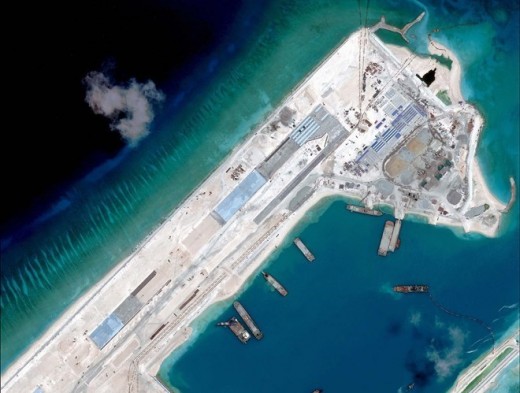
The only thing that ASEAN nations can do, should they really want to stand together against China, is to first try to facilitate developent on the individual countries’ economies and together progressively reduce their dependence upon Chinese products, markets, and aid. ASEAN should trim down competition between its members, escalate internal aid programs, and exchange technology and experiences. Only when each and every ASEAN nation is strong enough and really enjoys cooperation within the region, then can a common approach finally be acknowledged. But in the age of a booming ASEAN, there would no longer be a need to raise this hypersensitive issue against China. Seeing ASEAN growing stronger economically will coax China to behave moderately — to cooperate rather than launch the offensive in the South China Sea. This is the only peaceful and comprehensive solution to the conflict.
From this point of view, the Trump’s administration increasing FONOP in the South China Sea could yield results beyond the stated goals of maintaining international law and maritime transport. The US’s naval advantage and combat readiness can also be interpreted as a threat to China's failure to access foreign markets and energy supplies. In May 2018, the Chinese military launched a long-range bomber landing at Phu Lam Island in the South China Sea in the first time, further facilitating the deployment of Beijing's forces in the area that includes US pre-emptive positions.
Speaking after the meeting with Japanese officials in Singapore on October 19, 2018, The US Secretary of Defence James Mattis said: "ASEAN and its partners need to work closely together and confirm the cooperation so that no single country could rewrite international regulations for this sea route, and that the United States would continue to operate campaigns in the air, at sea and wherever permitted by international law and national interests"
The peaceful mechanisms for resolving disputes?
The big question of policy is that to prevent China from silent militarization of the islands in the South China Sea, the United States needs an ally. The liberal maritime unions are expanding. The next step for China seeing that not only the United States wants to uphold freedom of navigation is the exercise of maritime patrols with allies. The sanctions imposed on companies involved in land reclamation are also one of the tools that can be taken into account. In terms of international law, the adoption of the United Nations Convention on the Law of the Sea (UNCLOS) will not damage the United States, but it is unlikely. Encouraging states to follow the Philippines and bringing this issue to the International Court of Arbitration could be a beneficial step to force China and claimants to clarify their claims and the legal basis for such claims based on international law.
Meanwhile, the purpose of the COC is to modulate the conduct of the parties so there will be no clashes or shooting war in the South China Sea. The COC is not intended to resolve the merits of the South China Sea dispute. The South China Sea dispute involves territorial and maritime disputes. There is already a dispute settlement structure for the merits of the maritime dispute, and that is found in UNCLOS to which all disputant states in the South China Sea are parties. The merits of the dispute should continue to be administered primarily by the UNCLOS dispute settlement mechanism. Thus, the COC regulates the conduct of parties to the dispute, while UNCLOS settles the merits of the dispute among the parties. Although related, these are essentially two different issues.
On the whole, the principle of peaceful resolution of disputes is a fundamental principle of international law, forcing states to resort to peaceful and non-violent means of resolving national disputes. In the dispute settlement process in the South China Sea, countries are committed to peaceful settlement of disputes as well as expressing agreement on not complicating or expanding disputes. It is an international obligation that all parties must adhere to.
And all the media and international community are really expecting a good result, a good sign from the 33rd ASEAN Summit in Singapore, where challenge the central role of the organization itself as well. The test also assesses the degree of coherence and responsibility of regional countries with regard to common issues, particularly peace and stability in the South China Sea.
